Solotouch

Introduction
Brief
date:
role:
collaborator:
description:
Context
SoloTouch was a research project developed while at LUME, a research program aimed at creating musical interfaces for individuals with special needs. In this project, I partnered with Jackie Chui to design an instrument for those who lack access to formal musical training.
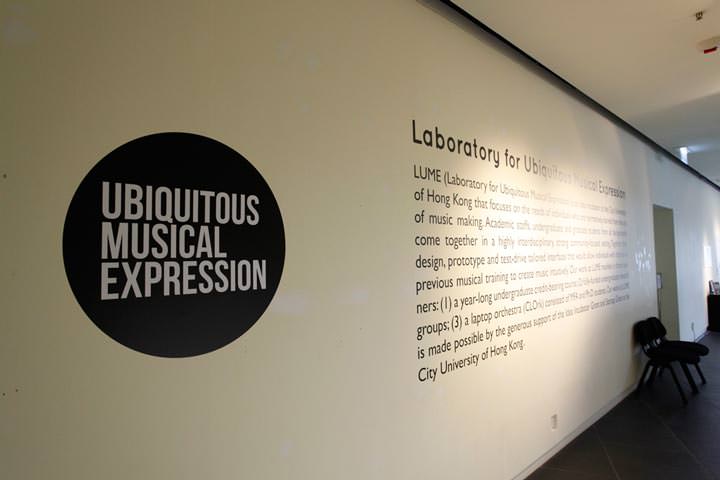
Motivation
I love music, but without any formal musical training a big part of music is inaccessible to me. Musical Creation. So we set out to develop a way to enjoy playing music without having to learn complex music theories and techniques.
We believed that by automating the complexity of music playing, anyone could perform great music with minimum training. We brought it back to being about pure expression, just like beating a drum.
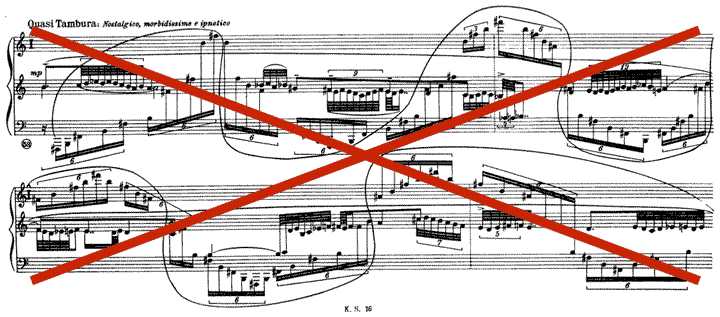
By automating the complexity of music playing, anyone could perform great music with minimum training.
Identifying Challenges
We began by looking at challenges faced by novice musicians today (Me). Based on some informal interviews, we identified two of the most common difficulties:
- Note selection — Difficulty in finding the ‘right notes’ to play.
- Physical control — Difficulty in handling an instrument. (Finger Dexterity)
We believed that a successful instrument should not only be user-friendly, but also expressive; therefore our design goal was to strike a balance between ease of use and expressiveness.
Our design goal was to strike a balance between ease of use and expressiveness.
Auto-Note Selection
Challenge: Finding harmonic notes to a song (aka. the ‘right notes’) is difficult as it requires understanding of musical concepts like scales and keys.
Solution: A software system that automatically selects notes in a scale, so players don’t have to learn them.
Using the visual programming tool Max, We experimented with various system concepts before settling on one that allowed players to combine different short phrases into unique melodies.
To easily switch between phrases, My partner also made a (fantastic) controller interface on the iPhone using TouchOSC.
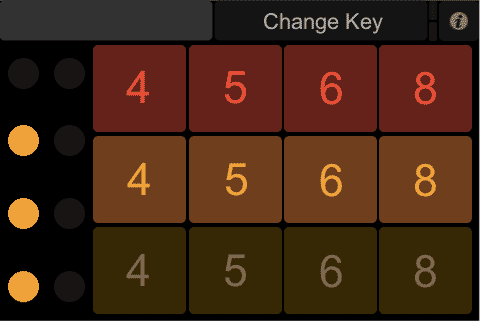
Design
Challenge: Vibrato — the pulsating change of pitch, is an essential technique used for playing expressive music. However, performing vibrato on traditional instruments can be difficult, especially for beginners.
Solution: A pivoting touch surface that plays a note on touch and bends its pitch when pushed further, offering an easy gesture for playing vibrato.

With my 3D modeling skills, we modeled and printed our first hardware prototype using the school’s newly installed 3D printer.
Seeing our design come to life was an unforgettable moment, but it also uncovered engineering problems that did not exist in software. We tackled these problems one at a time across multiple iterations.


Seeing our design come to life was an unforgettable moment, but it also uncovered engineering problems that did not exist in software.
Problem #1: Insert both axles into the touch platform required splitting the case into two pieces, which would collapse easily under force.
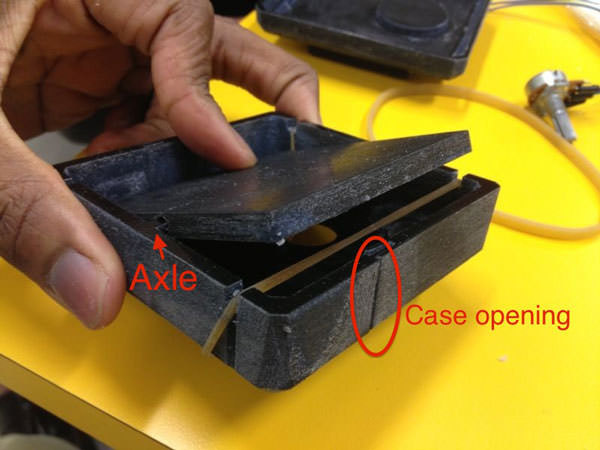
Solution: We replaced the axles with a long metal rod, allowing us to design a unibody case. (We spent days looking for such rod, and finally found the perfect one in a toy car.)

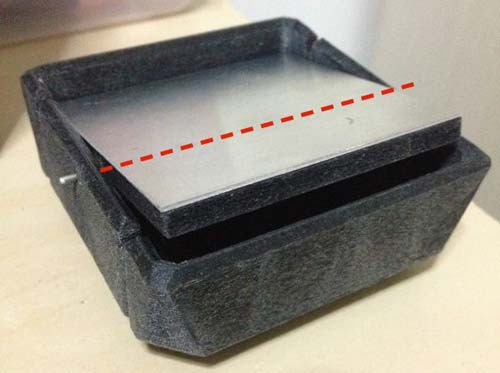
Problem #2: We needed a sensor to capture the platform’s rotation, unfortunately our gear + potentiometer mechanism didn’t work so well.

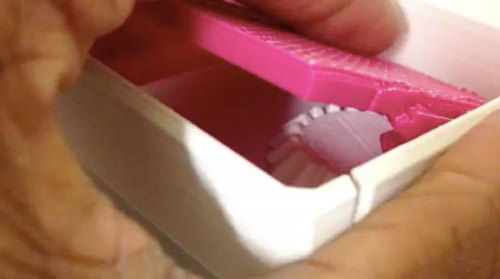
Solution: Just before demo day my partner Jackie made a workaround simply by taping a flex sensor underneath the platform and converted its flex angle as input. Surprisingly we've achieved similar results with a much simpler solution. This taught me the key importance of simplicity.

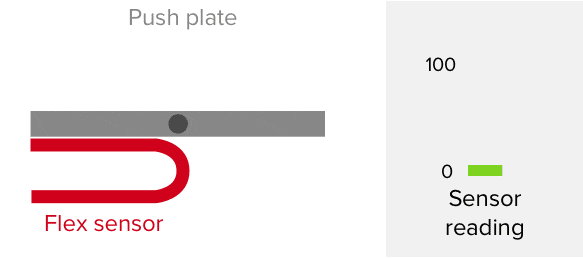
We’ve achieved similar results with a much simpler solution.
System: Redesigned
We received very positive feedback for our hardware but many people found the software too complicated to learn. In response to that, My partner bit the bullet and redesigned the system from scratch.
Challenge: Advanced players preferred more controls and options, whereas beginners were overwhelmed by options.
Solution: A beginner-focused system that played basic solos using only the touch controller, with an optional iPhone UI for advanced players to add musical variety. This supported both user groups as well as striking a perfect balance between ease of use and user expressiveness.
Finally, we named our instrument the SoloTouch.
Outcome
SoloTouch was very well received by a broad range of audiences and became a huge success.Our paper on SoloTouch was published by NIME, one of the most renowned music HCI conferences, followed by a trip to Korea for a demo and poster session.

SoloTouch was very well received by a broad range of audiences and became a huge success.
Since then SoloTouch had exhibited in various public events including Hong Kong Electronics Fair and Hong Kong Science Park InnoCarnival, as well as receiving local press coverage.


Finally, we were sponsored by the university for a patent on our design and were approached by companies interested in commercializing our work.
Reflection and Learnings
Challenges:
- Keeping things simple. On this project I was responsible for the hardware design of the device. I really got to flex my 3D modelling and printing skills. I was learning on the fly and iterating a lot. Load of prototypes and test models were made. I came up with elaborate mechanisms in my head only to 3D print them and realise it didnt work quite as well as I had imagined it. One example was the tilt functionality.
- Staying grounded. All our initial electronic prototype were plugged into our computer. When we finally implemented the bluetooth module into the Solotouch, our capacitive sensor had an insane amount of noise and it was unusable. We struggled with this for days until we realised it was stable when plugged in. The Solotouch was grounded through our laptop and when we made it wireless it caused a lot of issues. Because we weren't engineers, we came up with a solution to use the user to ground the device, we had a conducting contact that would be in touch with the user easily.
Final Notes:
This project was awesome. A classic idea coming from the "what-if" question. "What-if we created an algorithm to help us play music without any technical knowledge". We made this project for ourselves because of curiosity and exploration. It just turns out that everyone loved it so much.